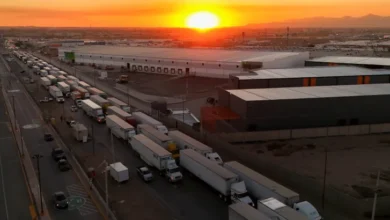UN’s Yemeni oil tanker operation: What you need to know

A UN-led operation years in the making to prevent a large-scale oil spill from occurring off Yemen’s Red Sea coast has made major gains.
The replacement vessel Nautica sailed from Djibouti, arriving at Yemen’s Hodeidah port Saturday evening, the vessel to which over 1.1 million barrels of oil will be transferred from the decaying FSO Safer supertanker.The operation, the first of its kind, is a risky one – but the potential leaking of the remaining oil in the deteriorating tanker that the Yemeni government purchased in the 1980s is even more so.
Observers have worried for years that the FSO Safer could crack or explode; The ensuing oil spill would have the potential to wipe out one of the world’s largest marine ecosystems.
Here’s what you need to know about the operation to prevent what could be “one of the worst oil spills in history” according to the UN.
Why does the oil have to be transferred?
The tanker has not been properly maintained since it was left abandoned and is situated in an area littered with mines, according to Mohammed Mudawi from United Nations Development Programme (UNDP) Yemen, whose team has been working to prevent the build-up of flammable gases.










